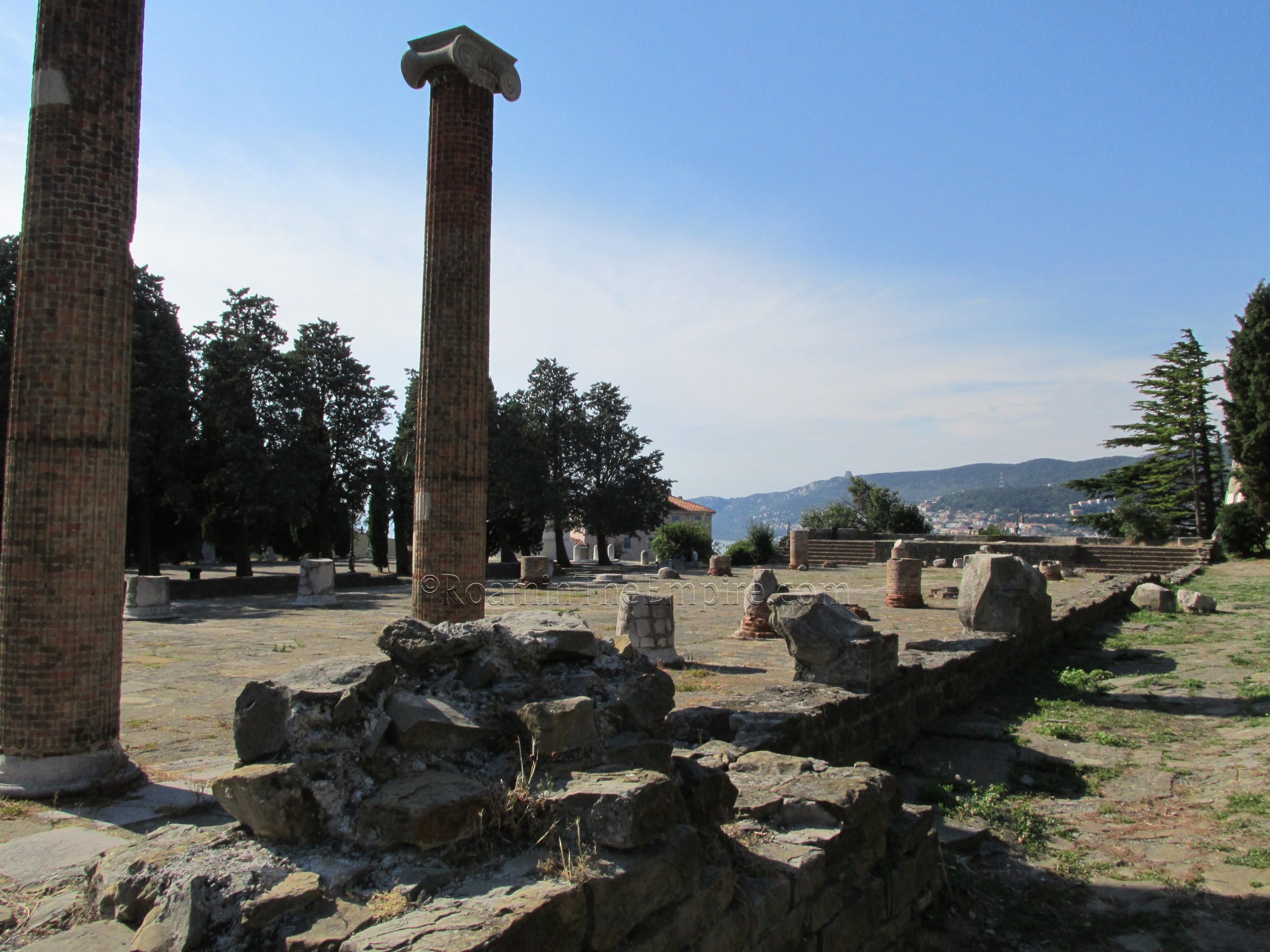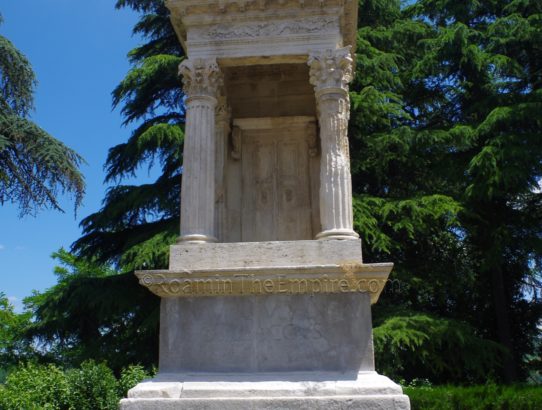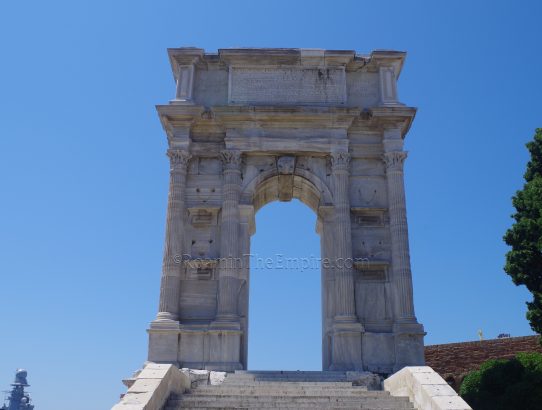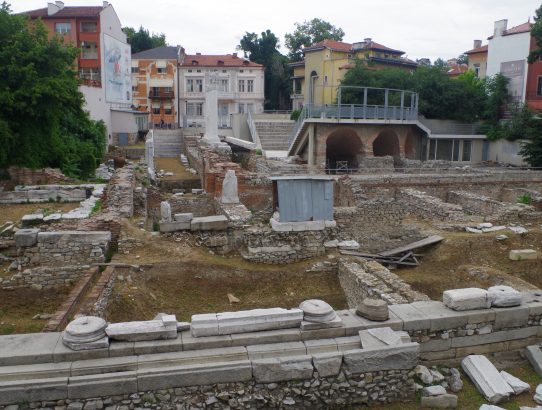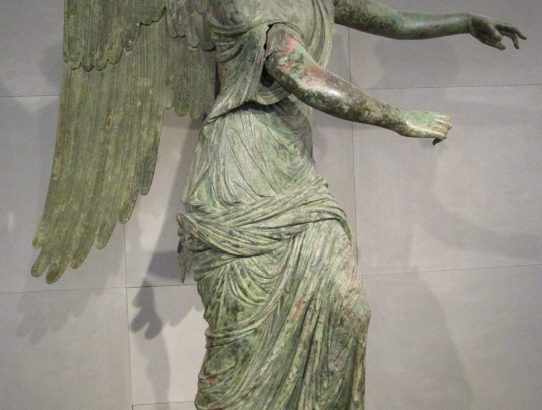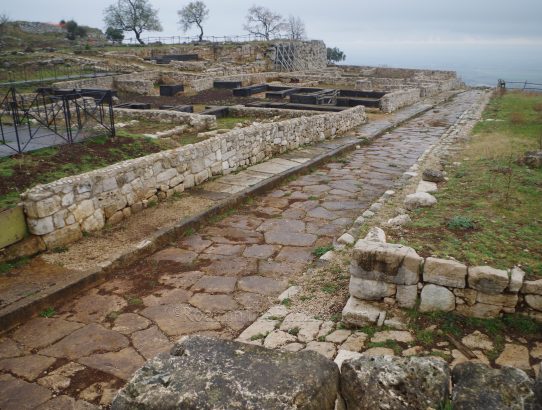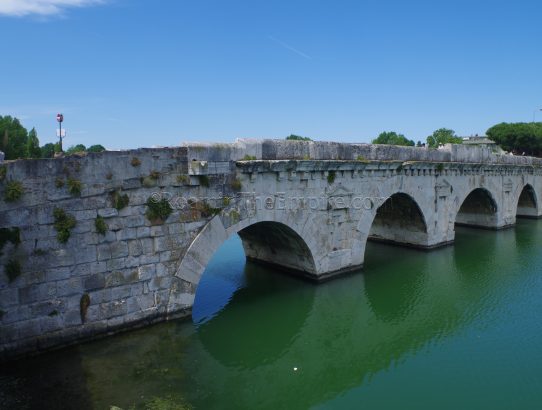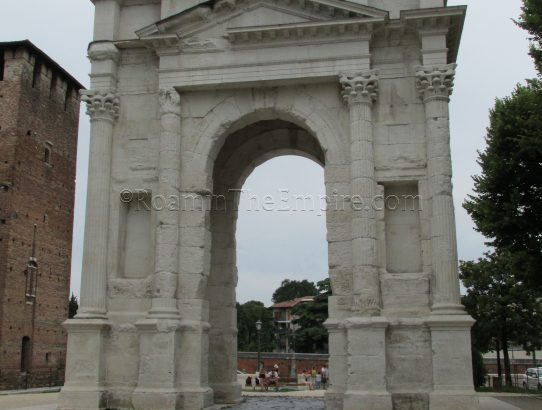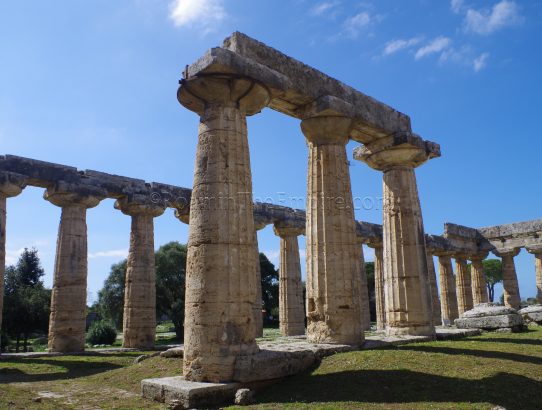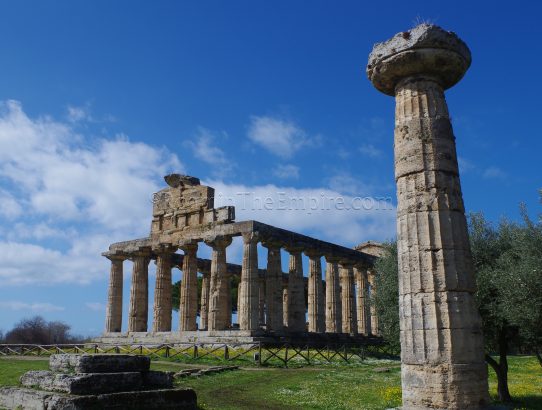Tergeste, Histria – Part II
Continued From Tergeste Part I One of the problems I ran into in Trieste is that there were a number of sites that had exceptionally restrictive hours; only open for an hour or two a week during certain times of the year and only available outside that time with prior phone reservation. And in my…
Read More


